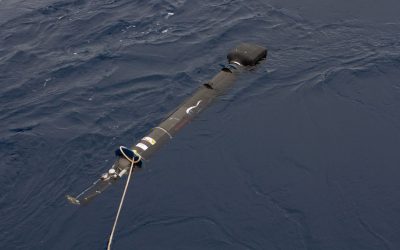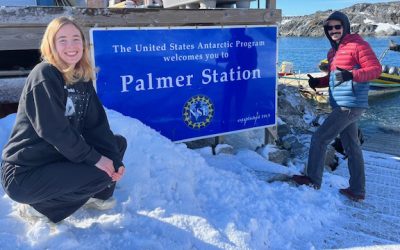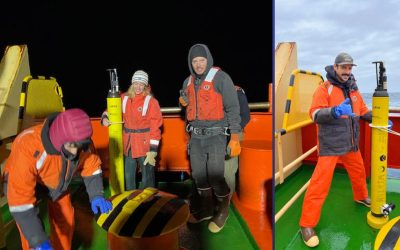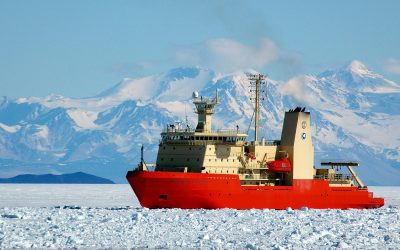NBP22-11 Transit
Welcome to the Nathaniel B Palmer NBP22-11 SOCCOM cruise blog!
The Southern Ocean Carbon and Climate Observations and Modeling project (SOCCOM) is an NSF-sponsored program focused on understanding the influence of the Southern Ocean on climate, including a major program to observe carbon processes in the Southern Ocean. Housed at Princeton University and administered by the Atmospheric and Oceanic Sciences Program, SOCCOM draws on the strengths of teams of investigators across the U.S. as well as participating in international observational and simulation efforts.
Over the last 9 years SOCCOM has built an observing system for carbon, nutrients, and oxygen throughout the Southern Ocean, using profiling floats with biogeochemical sensors. These Argo-type floats stay in the ocean, drifting with the currents at 1000 meters depth, and profile to the sea surface every 10 days. They have enough batteries to last for about 200 to 300 profiles. Data are reported via satellite every time the float reaches the surface. The SOCCOM float array is serving as a very large pilot for the global Biogeochemical Argo array, which is part of One Argo. This robotic float observing system is complemented by shipboard measurements during float deployments to the extent possible. All SOCCOM observational data are made freely available online.
SOCCOM floats are deployed from ships from many different countries. SOCCOM has little shiptime of its own, and so every cruise has had a different purpose. While most of them have large science parties aboard and are doing regional oceanographic studies, the NBP22-11 cruise is a transit from Punta Arenas, Chile to Lyttleton, New Zealand, with a stop at the Palmer Station on the west Antarctic peninsula. SOCCOM was granted enough shiptime and lots of support from the US Antarctic Program to deploy 10 floats and take measurements that support the floats just before they are deployed. Each of the 10 stations will take about 3 hours. In that sense SOCCOM is the science user on the transit cruise.
Two SOCCOM scientists, Josie Adams (U. Washington undergraduate and Argo lab employee) and Ben Freiberger (Scripps Institution of Oceanography technician), are on the NBP22-11 transit cruise. They will lead the float deployments, and take the water samples that will be shipped back to the US for analysis in labs at Scripps Institution of Oceanography and NASA.
The floats on NBP22-11 will be deployed along the transit where they are most needed to continue the observations of the last 9 years. The 3 floats between Punta Arenas and Palmer Station will be in the Antarctic Circumpolar Current and will quickly move eastward into the Atlantic Ocean. The 2 floats just after Palmer Station will be measuring the Antarctic Circumpolar Current where it comes close to Antarctica. The 6th float will be in the northernmost part of the Ross Sea, and the last 4 floats will be in the Southwest Pacific’s circulation. There is a big gap in the middle between 90W and 150W because another ship, the R/V Revelle, will be deploying SOCCOM floats right in that region about one month later.
Please join along on the journey by following the expedition blog!
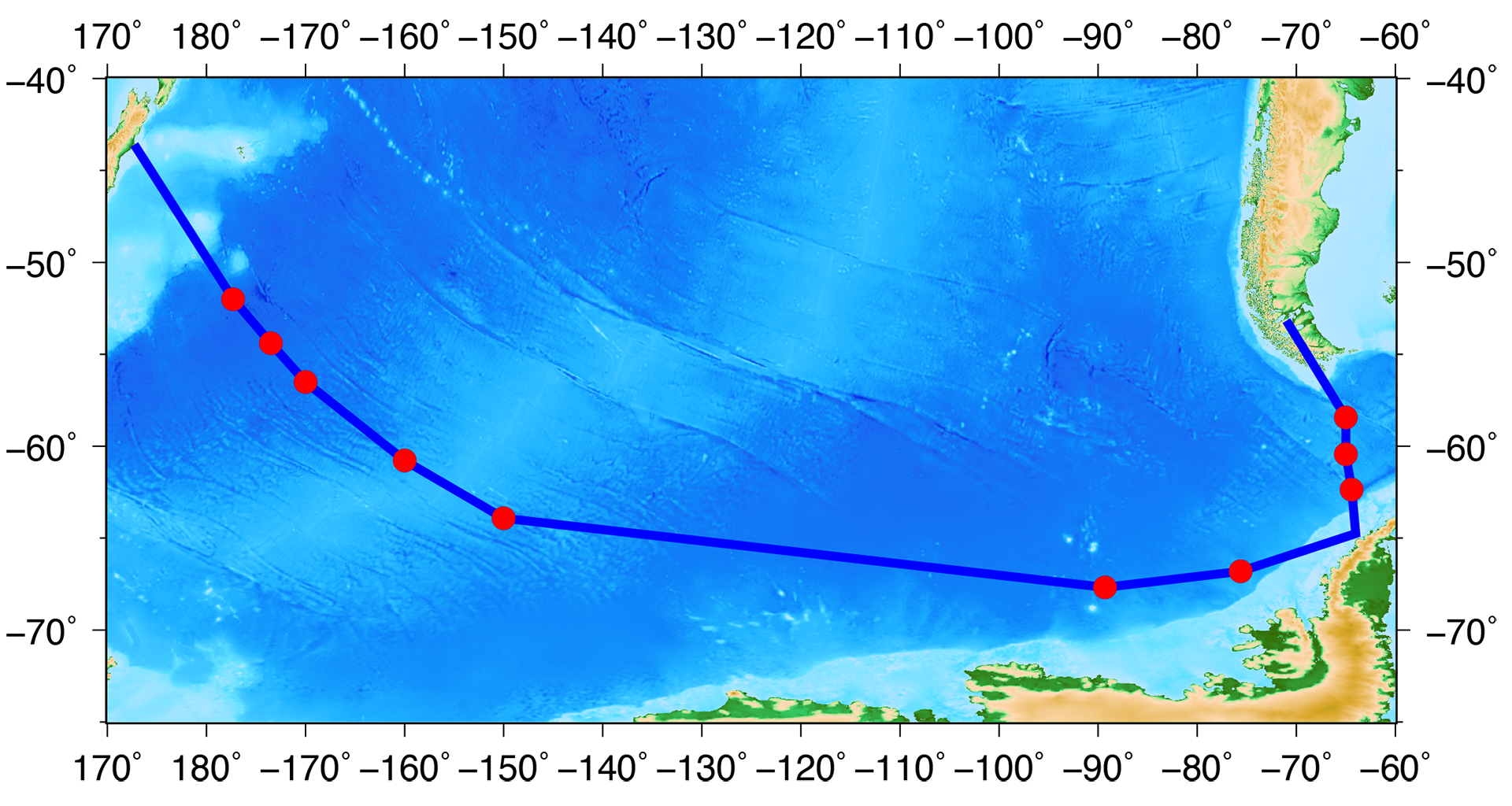
NBP22-11 SOCCOM Southern Ocean Expedition Log
11-29-2022
Launching N’dee Bii Łog (Apache Trout) - we will post photos once we get access to better bandwidth!29 November 2022Today we’re heading northwest in the Southern Pacific towards New Zealand, our current position being about 52 degrees S, 150 W. Tomorrow at about 9pm,...
11-21-2022
Float deployment after leaving the US Palmer Station on the Antarctic Peninsula21 November 2022Coming to you (almost) live from the Southern Ocean! We’ve been dealing with some rough seas since leaving Palmer Station about 4 days ago. We had to skip over the...
11-14-2022
Details from the first three floats deployed in the Drake Passage14 November 2022Hi everyone! What a crazy busy last few days it’s been. The NBP is currently docked at Palmer Station after waiting to dock for almost two days due to high winds. We left port in Punta...
NBP22-11 Introduction
Introducing Josie Adams and Ben Freiberger, who will be blogging for the expedition08 November 2022Meet the two SOCCOM scientists, Josie Adams (U. Washington undergraduate and Argo lab employee) and Ben Freiberger (Scripps Institution of Oceanography technician), who...

